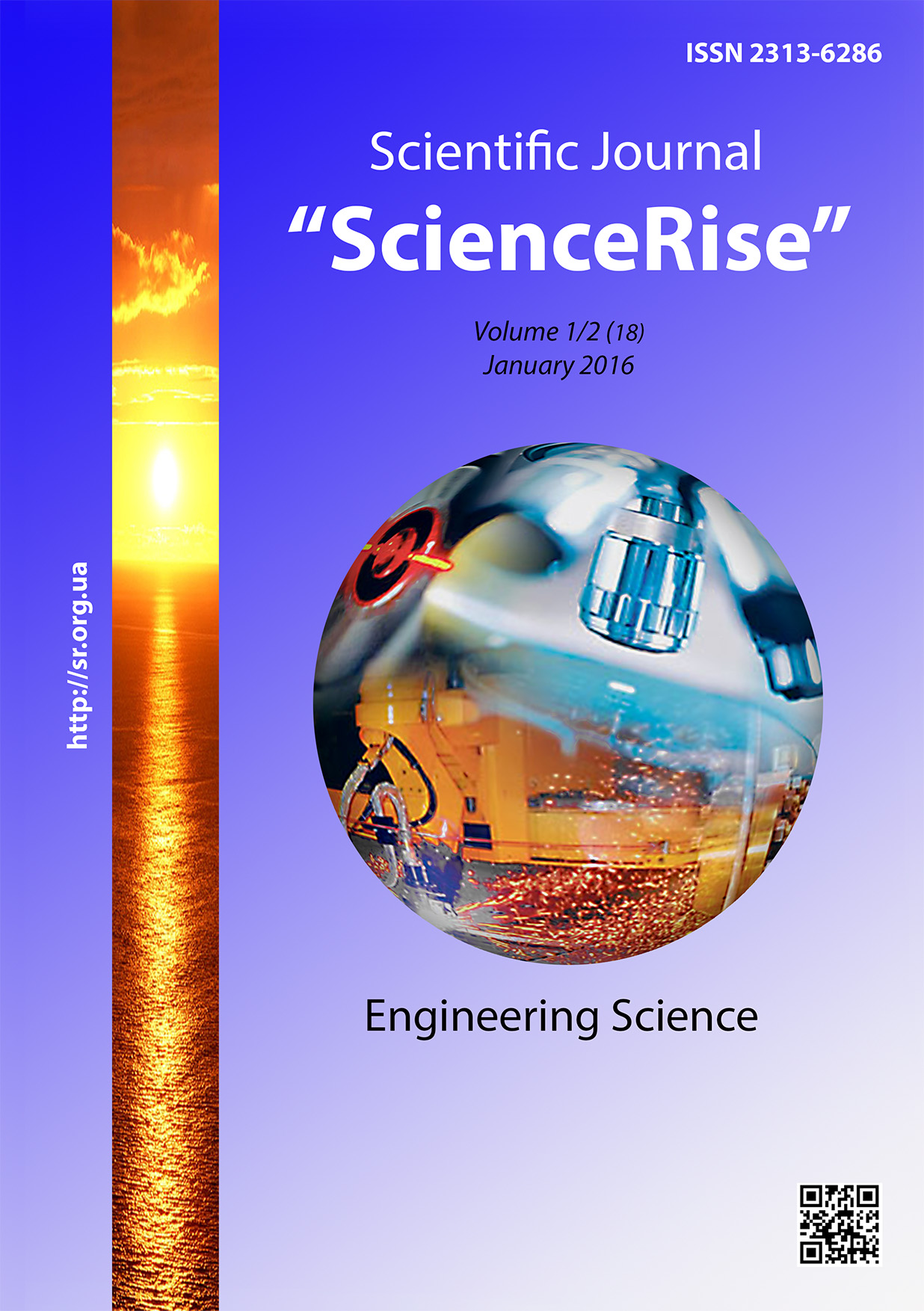Development of methodology for websites gui creation
DOI:
https://doi.org/10.15587/2313-8416.2016.58761Keywords:
design, site, interface, internet, technique, graphics, layout, style, colorAbstract
Research has been carried out for modern instruments and methodologies for websites GUI creation. Linear methodology for GUI creation has been developed. This approach differs from existing ones by means of higher efficiency due to reducing time of development and overall product’s quality increasing. Practical implementation of methodology is done in a form of website
References
Vin, C. (2011). How to design a modern website: professional web design based on a grid. Moscow: Peter, 192.
Anderson, S. (2013). Bait for users to create attractive website. Moscow: Peter, 234.
Williams, R. (2002). "Do not design a book about the design of". Moscow: Gella-print ", 240.
Duckett, J. (2013). HTML and CSS. Design and development of web sites. Moscow, 480.
Ryazantsev, L. (2008). That we should build a site. Bibliopole, 8, 20–21.
Gustafson, A. (2011). Adaptive Web Design: Crafting Rich Experiences with Progressive Enhancement. Easy Readers, 98.
Frain, B. (2012). Responsive Web Design with HTML5 and CSS3. Packt Publishing Ltd., 105.
Marcotte, E. (2011). Responsive Web Desig. A Book Apart, 72.
Wroblewski, L. (2008). Web Form Design: Filling in the Blanks. Rosenfeld Media, 30.
Johnson, S. (2011). Where Good Ideas Come From. Riverhead, 45.
Downloads
Published
Issue
Section
License
Copyright (c) 2016 Ольга Владимировна Филипенко, Ирина Николаевна Егорова

This work is licensed under a Creative Commons Attribution 4.0 International License.
Our journal abides by the Creative Commons CC BY copyright rights and permissions for open access journals.
Authors, who are published in this journal, agree to the following conditions:
1. The authors reserve the right to authorship of the work and pass the first publication right of this work to the journal under the terms of a Creative Commons CC BY, which allows others to freely distribute the published research with the obligatory reference to the authors of the original work and the first publication of the work in this journal.
2. The authors have the right to conclude separate supplement agreements that relate to non-exclusive work distribution in the form in which it has been published by the journal (for example, to upload the work to the online storage of the journal or publish it as part of a monograph), provided that the reference to the first publication of the work in this journal is included.

